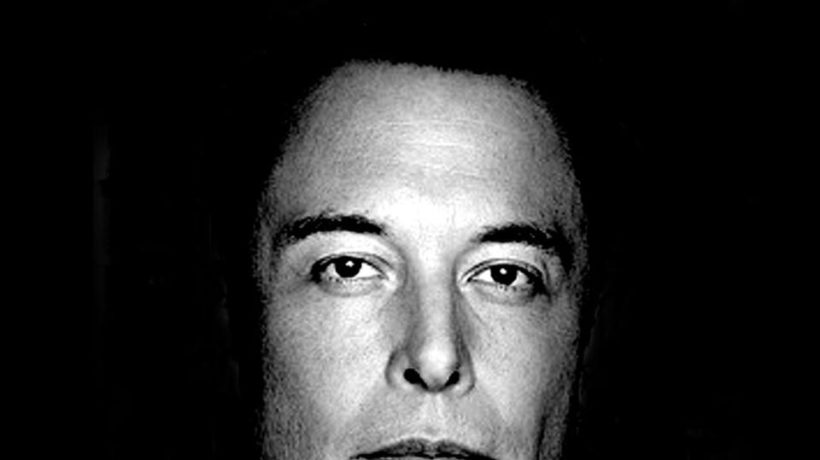South Africans for the first time in recent days experienced Stage 6 of load shedding which involved 4 hours without electricity daily. This prompted a South African musician Keenan Forbes “AKA” to tweet “Please @elonmusk I know you have a solution for load shedding … do it for your country … your original one”. There’s no indication that Elon Musk has taken this call seriously.
What is known is how Elon Musk has approached public innovation projects of a complex nature. In one instance, it can be argued that he gave birth to a new form of transportation system, the Hyperloop. A hyperloop is a high-speed transportation system for both public and goods transport. The term was popularised by Elon Musk to describe a modern project based on the vactrain concept (first appearance 1799). Hyperloop designs employ three essential components: tubes, pods, and terminals. The tube is a large sealed, low-pressure system (usually a long tunnel). The pod is a coach pressurised at atmospheric pressure that runs substantially free of air resistance or friction inside this tube, using magnetic propulsion (in some cases augmented by a ducted fan). The terminal handles pod arrivals and departures. The Hyperloop, in the initial form proposed by Musk, differs from vactrains by relying on residual air pressure inside the tube to provide lift by aerofoils and propulsion by fans. Elon Musk proposed this after experiencing traffic jams in Los Angeles, US.
To make it a reality he called on the wisdom of the crowds. He did this by initially writing a paper outlining the problem statement. Secondly, he conducted a competition, the Hyperloop Pod Competition. It was an annual competition sponsored by SpaceX and The Boring Company from 2015–2019 in which student teams and hobbyists participated to design and build a subscale prototype transport vehicle, demonstrating the technical feasibility of various aspects of the Hyperloop concept. What’s interesting about the Hyperloop project is that the Virgin Group was inspired to create their version in the form of Virgin Hyperloop. SpaceX, Boring Company, and Virgin Group have some form of artefacts to show about this form of transportation system.
On a grander scale, Elon Musk is funding the X-PRIZE ($10m) which is another form of tapping on the wisdom of the crowds to solve the biggest challenges in society.
The common thread in all these approaches by the greatest tech entrepreneur of our times is that when necessary he calls upon the greatest thinkers and innovators around the globe. He does not rely on himself to come up with all solutions. He also realises that the SpaceX, Tesla, and Boring Company executives do not have all the wisdom for complex challenges.
He reaches out to the best minds globally by open-sourcing a solution.
Elon Musk would probably open source the Eskom challenge to innovators, engineers, and other leaders. He would document the problem clearly in the form of a paper and put it out there in public. This would allow every smart person around the globe with a solution to document what they would do under current circumstances. In the end, the best solution would be funded and implemented.
No one can deny that the current leadership at Eskom is working hard to resolve the biggest challenge facing South Africa. At this stage, this challenge seems larger for just a team of executives at Eskom. Not even a replacement of its chief executive would resolve the issue.
Eskom has an opportunity to call on the wisdom of the crowds. The challenge facing Eskom needs the best minds not just in South Africa but globally.
Of course, there’s more to issues at Eskom than technical issues. There are procurement issues that get tangled into government regulations and then there are labour issues that also need constant attention. Lastly, there are leadership issues that are about the need for a leader who can rally the troops. Someone with the necessary influence and respect of his peers to move the organisation with one goal in mind. All of these issues are complex but can be easily resolved by an ideal leader. The most complex issue is the technical one which requires engineers who can really turn the situation around. It is this kind of challenge that really needs the smartest minds around the globe. These people exist in some of the best universities, companies, and organisations around the world. They are waiting to share their skills, know-how, and expertise. This is how the world managed to get vaccines with speed. It was not an effort of a single company, individual, or just a group of executives within a single entity. It was a global effort spearheaded by the WHO which called on the wisdom of the crowds.
.







